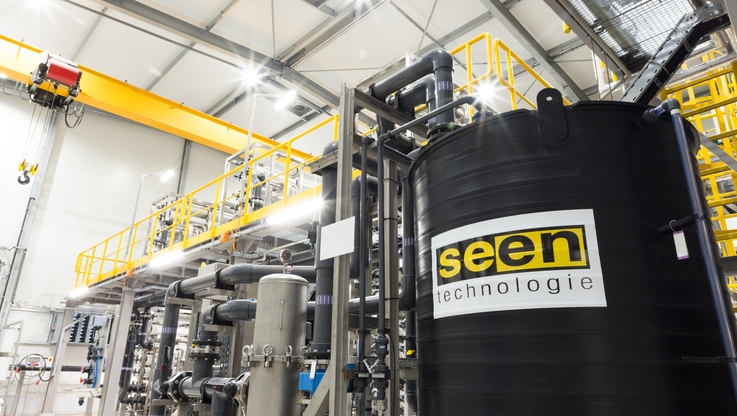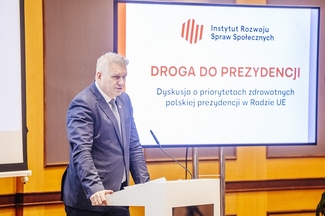Pobierz materiał i Publikuj za darmo
A simulation study published in BMC Public Health by researchers of the Tyrolean Health and Life Sciences University UMIT, the Oncotyrol center, the Medical University of Innsbruck and the University of Toronto highlights optimized use of prostate cancer screening.
“Like most medical procedures also screening harbors benefits and risks. This gains increasing attention by the public” explains Prof. Dr. Uwe Siebert, Chair of the Department of Public Health, Health Services Research and Health Technology Assessment at UMIT and President-Elect of the Society for Medical Decision Making. “A major risk of prostate cancer screening is that of overdiagnosis and overtreatment. This refers to the diagnosis and treatment of clinically irrelevant tumors, which would not cause any complaints during men’s lifetime and remain undetected without screening. Currently, there is no reliable method to distinguish clinically relevant from clinically irrelevant tumors. In consequence, also clinically irrelevant tumors may be treated, which unnecessarily exposes the affected patients to the unfortunately not uncommon long-term treatment complications such as erectile dysfunction, incontinence, bowel dysfunction.
The simulation model developed by the researchers within a ONCOTYROL research project for personalized medicine simulates the positive and negative effects of screening on the duration and quality of life of screening participants and analyses under which circumstances the potential harms of screening outweigh the potential benefits. Project Coordinator Ass.-Prof. Dr. Nikolai Mühlberger summarizes the study findings as follows: “The study results suggest that participation in screening reduces the risk to die from prostate cancer and prolongs the life expectancy of participating men. However, when quality-of-life effects are considered as well, it is shown that primarily men with elevated familial prostate cancer risk benefit from screening, while in men with average prostate cancer risk overall the harms of screening prevail. In addition, the simulation predicts that the benefit of screening in men with elevated familial risk also strongly depends on their individual valuation of treatment-related long-term side-effects.”
The urological experts in the research team, Prof. Dr. Wolfgang Horninger und Prof. Dr. Helmut Klocker, see the study as an important contribution towards a targeted application of prostate cancer screening. Horninger, the Dean of the Department of Urology at the Medical University of Innsbruck explains: „The study highlights the problem of overdiagnosis and illustrates the dependency of screening benefits on individual risk factors and preferences. Thus, it contributes to the improvement of patient counseling and supports an individual use of screening examinations, which all of us consider as important issues.”
CONTACT:
Prof. Dr. Uwe Siebert
phone +4350-8648-673930
e-mail: public-health@umit.at
Pobierz materiał i Publikuj za darmo
bezpośredni link do materiału
| Data publikacji | 03.07.2017, 13:49 |
| Źródło informacji | APA-OTS |
| Zastrzeżenie | Za materiał opublikowany w serwisie PAP MediaRoom odpowiedzialność ponosi – z zastrzeżeniem postanowień art. 42 ust. 2 ustawy prawo prasowe – jego nadawca, wskazany każdorazowo jako „źródło informacji”. Informacje podpisane źródłem „PAP MediaRoom” są opracowywane przez dziennikarzy PAP we współpracy z firmami lub instytucjami – w ramach umów na obsługę medialną. Wszystkie materiały opublikowane w serwisie PAP MediaRoom mogą być bezpłatnie wykorzystywane przez media. |





